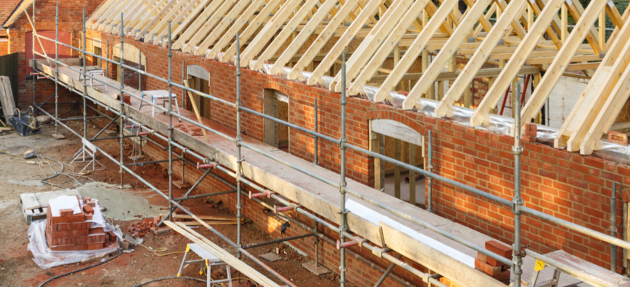Building a smart house in the UK requires adherence to various regulations, particularly those concerning electrical wiring, data protection, and energy efficiency. Here's a comprehensive guide to help you navigate the process:
-
Research and Planning:
- Research the latest smart home technologies and determine which features you want in your smart house.
- Consider factors such as security, energy efficiency, convenience, and compatibility with existing systems.
- Plan the layout of your smart home, considering the placement of devices and wiring.
-
Design and Permissions:
- Create a detailed design of your smart home, including electrical and networking plans.
- Check with your local planning authority to ensure compliance with building regulations and obtain necessary permits.
- Consider consulting with an architect or designer experienced in smart home construction to optimise your design.
-
Electrical Wiring:
- Hire a qualified electrician to install electrical wiring according to UK regulations (e.g., BS 7671 Wiring Regulations).
- Ensure that the wiring can support the power requirements of your smart devices and appliances.
- Incorporate smart switches, outlets, and distribution boards as needed for automation and control.
-
Networking Infrastructure:
- Install a robust networking infrastructure to support smart devices and systems.
- Use Ethernet cabling for reliable connections where possible, especially for critical systems like security cameras and smart home hubs.
- Consider installing Wi-Fi access points strategically throughout the house for seamless connectivity.
-
Smart Home Hub and Controllers:
- Choose a central smart home hub or controller to manage all connected devices.
- Ensure compatibility with various smart home protocols.
- Configure the hub to integrate and control different devices, allowing for automation and remote access.
-
Security and Privacy:
- Implement robust security measures to protect your smart home from cyber threats.
- Use strong, unique passwords for all smart devices and accounts.
- Enable two-factor authentication whenever possible.
- Regularly update firmware and software to patch vulnerabilities.
- Consider installing security cameras, motion sensors, and smart locks for enhanced physical security.
-
Energy Efficiency:
- Incorporate energy-efficient appliances and lighting into your smart home design.
- Use smart thermostats to optimise heating and cooling, reducing energy consumption.
- Implement automated lighting controls to minimise electricity usage.
- Monitor energy usage through smart meters and home energy management systems.
-
Data Protection and Privacy:
- Ensure compliance with data protection laws such as the General Data Protection Regulation (GDPR).
- Be transparent with household members and visitors about data collection and processing practices.
- Securely configure smart devices to minimise data exposure and unauthorised access.
- Regularly review privacy settings and permissions for smart home apps and services.
-
Testing and Maintenance:
- Test all smart home systems thoroughly to ensure proper functionality and integration.
- Create a maintenance schedule for regular inspections and updates.
- Educate household members on how to use and troubleshoot smart home devices.
- Stay informed about new technologies and regulations to keep your smart home up-to-date.
-
Documentation and Warranty:
- Keep detailed documentation of your smart home setup, including wiring diagrams, device manuals, and warranties.
- Ensure that all installations and modifications are covered by appropriate warranties and insurance policies.
- Provide information to future homeowners or tenants about the smart home infrastructure and how to maintain it.
Building a smart home in the UK requires careful planning, adherence to regulations, and attention to security and privacy considerations. By following this comprehensive guide, you can create a modern, efficient, and compliant smart home that enhances your quality of life.



